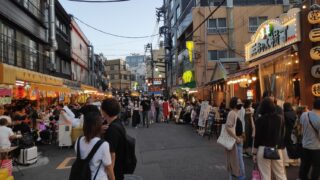 grammar
grammar0011 : Japanese basics (N5-N3) – Yes / No question
How to ask a Yes / No question in Japanese? Question marker When asking a Yes / No question, we add か (ka) at the end of...
 grammar
grammar grammar
grammar grammar
grammar grammar
grammar grammar
grammar grammar
grammar grammar
grammar grammar
grammar grammar
grammar grammar
grammar